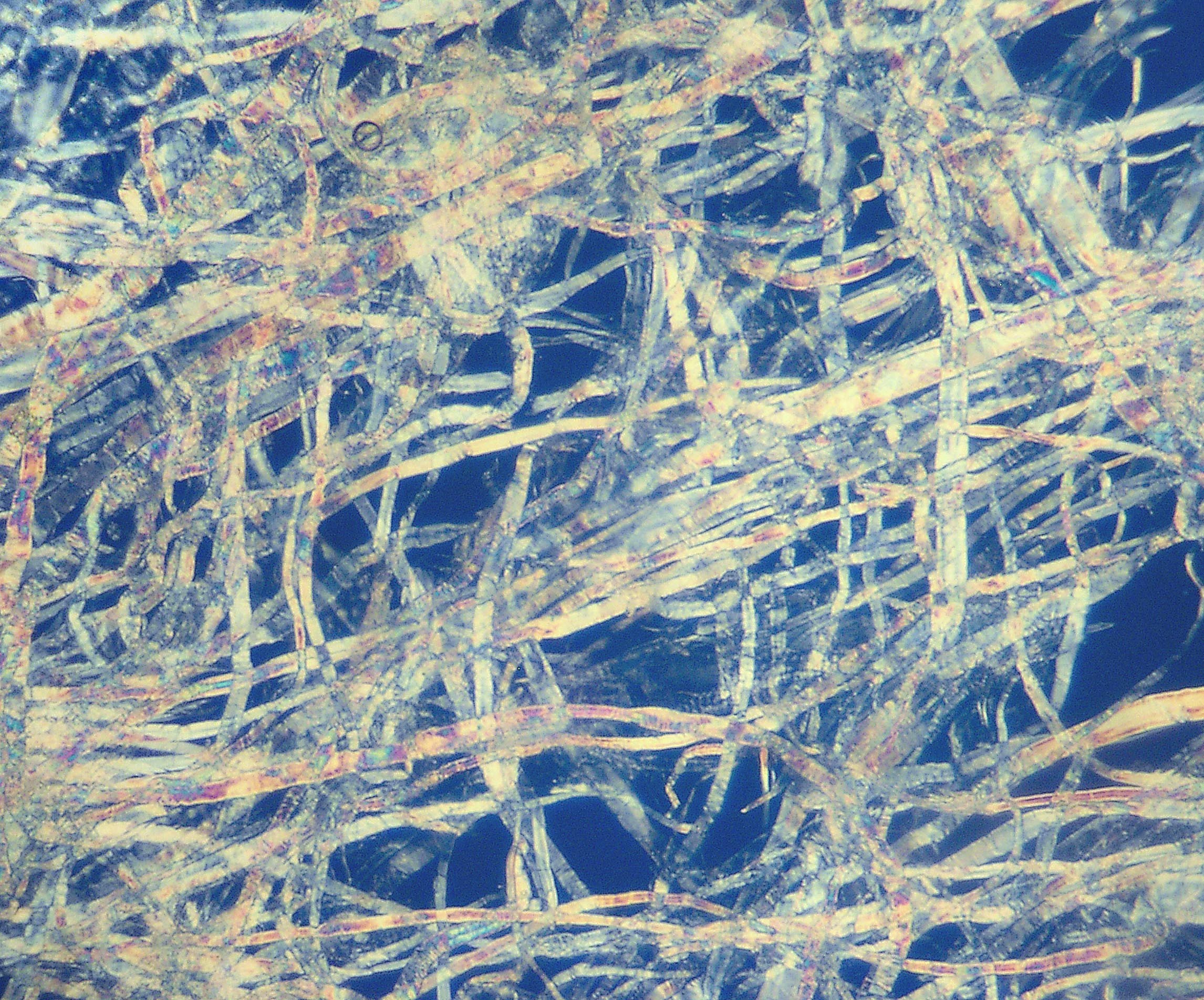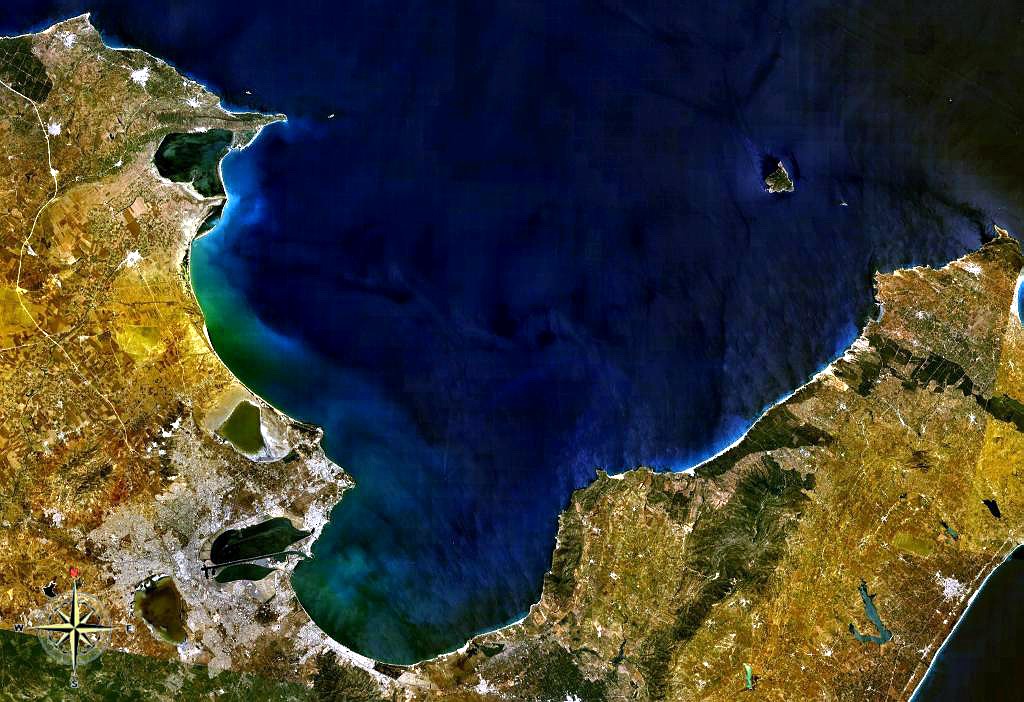|
Port-Menier, Quebec
Port-Menier, Quebec () is a fishing town at the western end of Anticosti Island, Quebec, Canada, part of the L'Île-d'Anticosti municipality. The port village was built during the late 19th century by French chocolate maker Henri Menier. The village is the hub of Anticosti Island. Its population doubles in the summer with seasonal workers and tourists. The economic mainstays are outdoor tourism, especially deer hunting, and forestry/logging. Services available in Port-Menier are: general and grocery stores, gas station, banking (Caisse populaire Desjardins), car rental (Location Sauvageau), restaurant, and lodging. Port-Menier can be reached via a ferry that runs between Sept-Îles, Port-Menier and Havre-Saint-Pierre, as well as other destinations along the north shore of the Saint Lawrence River. This service is operated by Relais Nordik and runs from April through January. The nearby Port-Menier Airport also provides transportation options for the town. History In 1680 ... [...More Info...] [...Related Items...] OR: [Wikipedia] [Google] [Baidu] |
Wood Pulp
Pulp is a fibrous Lignocellulosic biomass, lignocellulosic material prepared by chemically, semi-chemically, or mechanically isolating the cellulose fiber, cellulosic fibers of wood, fiber crops, Paper recycling, waste paper, or cotton paper, rags. Mixed with water and other chemicals or plant-based additives, pulp is the major raw material used in papermaking and the industrial production of other Pulp and paper industry, paper products. History Before the widely acknowledged invention of papermaking by Cai Lun in China around AD 105, paper-like writing materials such as papyrus and amate were produced by ancient civilizations using plant materials which were largely unprocessed. Strips of Bark (botany), bark or Bast fibre, bast material were woven together, beaten into rough sheets, dried, and polished by hand. Pulp used in modern and traditional papermaking is distinguished by the process which produces a finer, more regular slurry of cellulose fibers which are pulled out of ... [...More Info...] [...Related Items...] OR: [Wikipedia] [Google] [Baidu] |
Gulf Of St
A gulf is a large inlet from an ocean or their seas into a landmass, larger and typically (though not always) with a narrower opening than a bay (geography), bay. The term was used traditionally for large, highly indented navigable bodies of salt water that are enclosed by the coastline. Many gulfs are major shipping areas, such as the Persian Gulf, Gulf of Mexico, Gulf of Finland, and Gulf of Aden. See also * References External links * {{Geography-stub Gulfs, Bodies of water Coastal and oceanic landforms Coastal geography Oceanographical terminology ... [...More Info...] [...Related Items...] OR: [Wikipedia] [Google] [Baidu] |
Company Town
A company town is a place where all or most of the stores and housing in the town are owned by the same company that is also the main employer. Company towns are often planned with a suite of amenities such as stores, houses of worship, schools, markets, and recreation facilities. Some company towns were established to improve living conditions for workers, but many have been regarded as controlling and/or exploitative. Others were not planned, such as Summit Hill, Pennsylvania, United States, one of the oldest, which began as a Lehigh Coal & Navigation Company mining camp and mine site from the nearest outside road. Overview Traditional settings for company towns were where extractive industries – coal, metal mines, lumber – had established a monopoly franchise. Dam sites and war-industry camps founded other company towns. Since company stores often had a monopoly in company towns, it was frequently possible to pay in scrip through a truck system. However, not all ... [...More Info...] [...Related Items...] OR: [Wikipedia] [Google] [Baidu] |
Nova Scotia
Nova Scotia is a Provinces and territories of Canada, province of Canada, located on its east coast. It is one of the three Maritime Canada, Maritime provinces and Population of Canada by province and territory, most populous province in Atlantic Canada, with an estimated population of over 1 million as of 2024; it is also the second-most densely populated province in Canada, and second-smallest province by area. The province comprises the Nova Scotia peninsula and Cape Breton Island, as well as 3,800 other coastal islands. The province is connected to the rest of Canada by the Isthmus of Chignecto, on which the province's land border with New Brunswick is located. Nova Scotia's Capital city, capital and largest municipality is Halifax, Nova Scotia, Halifax, which is home to over 45% of the province's population as of the 2021 Canadian census, 2021 census. Halifax is the List of census metropolitan areas and agglomerations in Canada, twelfth-largest census metropolitan area in ... [...More Info...] [...Related Items...] OR: [Wikipedia] [Google] [Baidu] |
Sydney, Nova Scotia
Sydney is a former city and urban community on the east coast of Cape Breton Island in Nova Scotia, Canada within the Cape Breton Regional Municipality. Sydney was founded in 1785 by the British, was incorporated as a city in 1904, and dissolved on 1 August 1995, when it was amalgamated into the regional municipality. Sydney served as the Cape Breton Island's colonial capital, until 1820, when the colony merged with Nova Scotia and the capital moved to Halifax, Nova Scotia, Halifax. A rapid population expansion occurred just after the turn of the 20th century, when Sydney became home to one of North America's main steel mills. During both the First and Second World Wars, it was a major staging area for England-bound Order of battle for Convoy SC 7, convoys. The post-war period witnessed a major decline in the number of people employed at the Dominion Steel and Coal Corporation steel mill, and the Nova Scotia and Canadian governments had to nationalization, nationalize it in 19 ... [...More Info...] [...Related Items...] OR: [Wikipedia] [Google] [Baidu] |
Coal
Coal is a combustible black or brownish-black sedimentary rock, formed as rock strata called coal seams. Coal is mostly carbon with variable amounts of other Chemical element, elements, chiefly hydrogen, sulfur, oxygen, and nitrogen. Coal is a type of fossil fuel, formed when dead plant matter decays into peat which is converted into coal by the heat and pressure of deep burial over millions of years. Vast deposits of coal originate in former wetlands called coal forests that covered much of the Earth's tropical land areas during the late Carboniferous (Pennsylvanian (geology), Pennsylvanian) and Permian times. Coal is used primarily as a fuel. While coal has been known and used for thousands of years, its usage was limited until the Industrial Revolution. With the invention of the steam engine, coal consumption increased. In 2020, coal supplied about a quarter of the world's primary energy and over a third of its Electricity generation, electricity. Some iron and steel-maki ... [...More Info...] [...Related Items...] OR: [Wikipedia] [Google] [Baidu] |
Gaspé, Quebec
Gaspé () is a city at the tip of the Gaspé Peninsula in the Gaspésie–Îles-de-la-Madeleine region of eastern Quebec in Canada. Gaspé is about northeast of Quebec City and east of Rimouski. Gaspé has a total population of 15,063, as of the 2021 Canadian Census. Gaspé is where Jacques Cartier took possession of New France (now part of Canada) in the name of François I of France on July 24, 1534. The most common assumption is that "Gaspé" may come from the Miꞌkmaq word ''Gespeg'' which means "Land's end". Other theories hold that the name may be a mutation of the Basque word ''geizpe'' or ''kerizpe'' which means "shelter" or "place of refuge". Another theory is that it is named after Portuguese explorer Gaspar Corte-Real, who explored Labrador in 1500. In 1600, Englishman Richard Hakluyt used the name ''Gaspay'' in his translation of ''Cosmosgraphie'' by Jean Alfonse, which became the common spelling in the early 17th century. Thereafter, many other spellings appear ... [...More Info...] [...Related Items...] OR: [Wikipedia] [Google] [Baidu] |
Quebec City
Quebec City is the capital city of the Provinces and territories of Canada, Canadian province of Quebec. As of July 2021, the city had a population of 549,459, and the Census Metropolitan Area (including surrounding communities) had a population of 839,311. It is the twelfthList of the largest municipalities in Canada by population, -largest city and the seventh-List of census metropolitan areas and agglomerations in Canada, largest metropolitan area in Canada. It is also the List of towns in Quebec, second-largest city in the province, after Montreal. It has a humid continental climate with warm summers coupled with cold and snowy winters. Explorer Samuel de Champlain founded a French settlement here in 1608, and adopted the Algonquin name. Quebec City is one of the List of North American cities by year of foundation, oldest European settlements in North America. The Ramparts of Quebec City, ramparts surrounding Old Quebec () are the only fortified city walls remaining in the ... [...More Info...] [...Related Items...] OR: [Wikipedia] [Google] [Baidu] |
French Canadians
French Canadians, referred to as Canadiens mainly before the nineteenth century, are an ethnic group descended from French colonists first arriving in France's colony of Canada in 1608. The vast majority of French Canadians live in the province of Quebec. During the 17th century, French settlers originating mainly from the west and north of France settled Canada. It is from them that the French Canadian ethnicity was born. During the 17th to 18th centuries, French Canadians expanded across North America and colonized various regions, cities, and towns. As a result, people of French Canadian descent can be found across North America. Between 1840 and 1930, many French Canadians emigrated to New England, an event known as the Grande Hémorragie. Etymology French Canadians get their name from the French colony of Canada, the most developed and densely populated region of New France during the period of French colonization in the 17th and 18th centuries. The original use of ... [...More Info...] [...Related Items...] OR: [Wikipedia] [Google] [Baidu] |
Scandinavia
Scandinavia is a subregion#Europe, subregion of northern Europe, with strong historical, cultural, and linguistic ties between its constituent peoples. ''Scandinavia'' most commonly refers to Denmark, Norway, and Sweden. It can sometimes also refer to the Scandinavian Peninsula (which excludes Denmark but includes a part of northern Finland). In English usage, Scandinavia is sometimes used as a synonym for Nordic countries. Iceland and the Faroe Islands are sometimes included in Scandinavia for their Ethnolinguistics, ethnolinguistic relations with Sweden, Norway and Denmark. While Finland differs from other Nordic countries in this respect, some authors call it Scandinavian due to its economic and cultural similarities. The geography of the region is varied, from the Norwegian fjords in the west and Scandinavian mountains covering parts of Norway and Sweden, to the low and flat areas of Denmark in the south, as well as archipelagos and lakes in the east. Most of the population ... [...More Info...] [...Related Items...] OR: [Wikipedia] [Google] [Baidu] |
Roman Catholic
The Catholic Church (), also known as the Roman Catholic Church, is the largest Christian church, with 1.27 to 1.41 billion baptized Catholics worldwide as of 2025. It is among the world's oldest and largest international institutions and has played a prominent role in the history and development of Western civilization. O'Collins, p. v (preface). The church consists of 24 ''sui iuris'' (autonomous) churches, including the Latin Church and 23 Eastern Catholic Churches, which comprise almost 3,500 dioceses and eparchies around the world, each overseen by one or more bishops. The pope, who is the bishop of Rome, is the chief pastor of the church. The core beliefs of Catholicism are found in the Nicene Creed. The Catholic Church teaches that it is the one, holy, catholic and apostolic church founded by Jesus Christ in his Great Commission, that its bishops are the successors of Christ's apostles, and that the pope is the successor of Saint Peter, upo ... [...More Info...] [...Related Items...] OR: [Wikipedia] [Google] [Baidu] |







